Compared: 2023 Mazda CX-5 vs. 2023 Mazda CX-50
One leans toward luxury and elegance, the other toward adventure and utility.
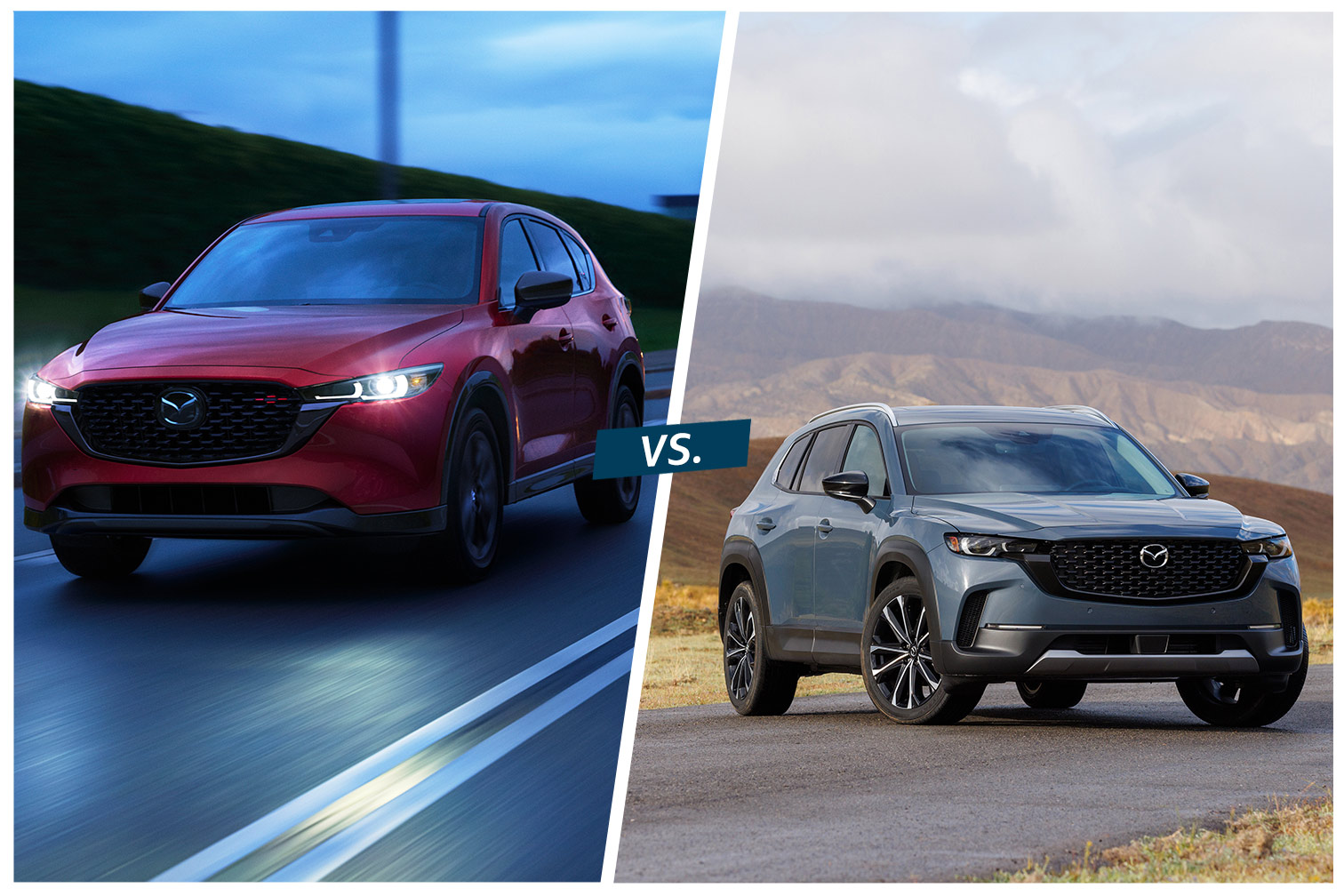 Mazda | CX-5 (left), CX-50
Mazda | CX-5 (left), CX-50
The 2023 Mazda CX-5 and CX-50 are so similar, one might think Mazda were out to cannibalize its own business. In fact, the CX-50’s arrival has led many to wonder whether the CX-5 will go the way of Mazda’s other sub-10 CX models, but the automaker contends it has no plans to phase it out. While the two compact crossovers don’t share a platform, they boast many of the same components, including powertrains, and come within inches of each other in every dimension. The CX-50 is a tad longer and wider than the CX-5, and it rides about an inch higher off the ground—owing to its more rugged mien—but the average car buyer may have a hard time telling them apart based on size alone. Just know that if it has air intakes below the headlights and rugged-looking body cladding skirting its bottom edge, you’re looking at the CX-50. Read on to learn about some other subtle differences between the two.
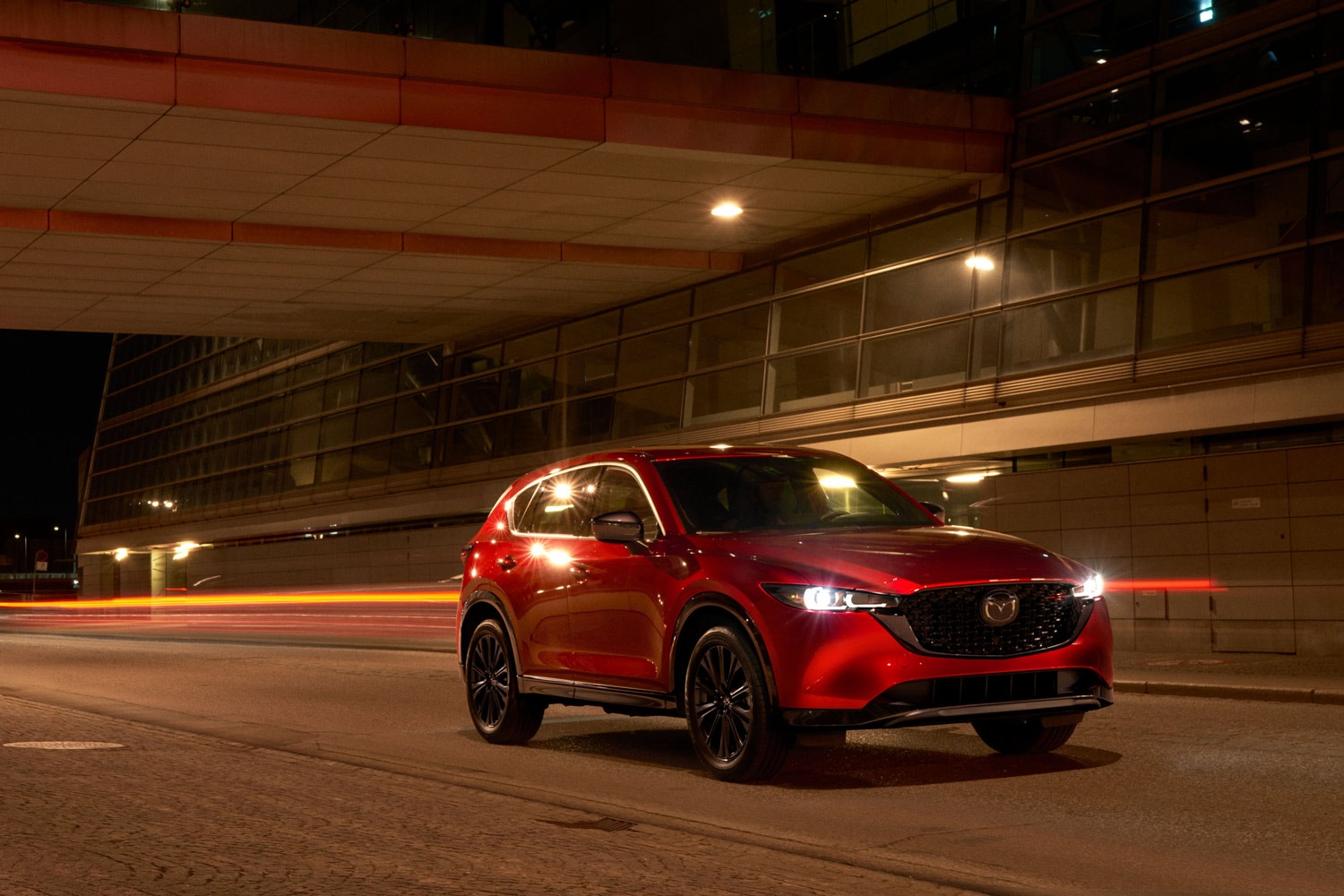 Mazda | CX-5
Mazda | CX-5
2023 Mazda CX-5 vs. 2023 Mazda CX-50: Features
Unsurprisingly, you’ll find much of the same equipment in these two vehicles. Both models have standard all-wheel drive and can tow 2,000 pounds (although turbocharged CX-50s have the ability to tug 3,500 pounds), and Mazda provides adaptive cruise control, blind-spot monitoring, proximity-key entry, and smartphone-mirroring tech at no additional cost.
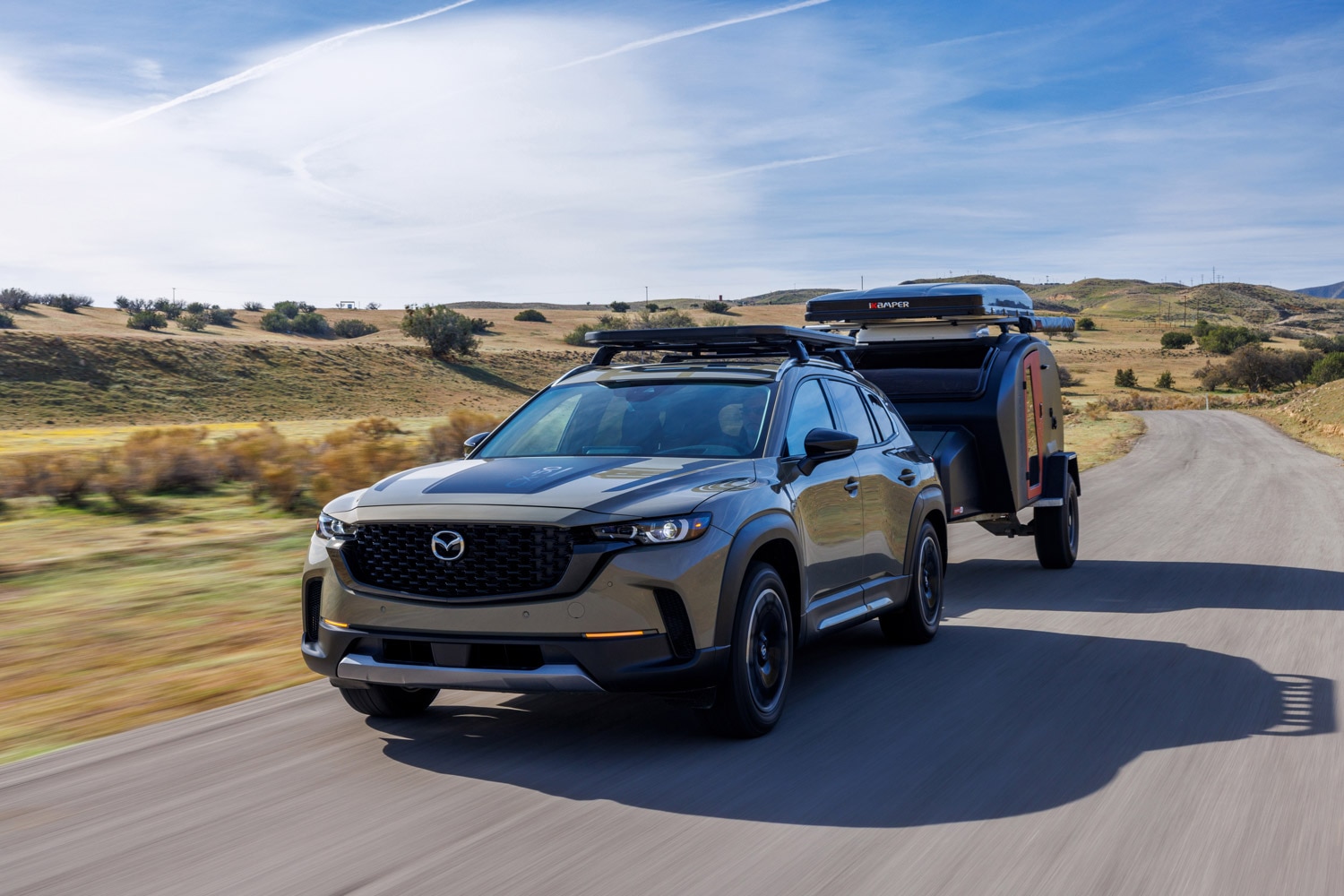 Mazda | CX-50
Mazda | CX-50
Every CX-5 comes with a 10.25-inch infotainment screen—something Mazda reserves for above-base trims in the CX-50 lineup. (The entry model makes do with an 8.8-inch unit.) When it comes to the gauge cluster, though, the CX-50 has the edge, with its 7.0-inch display; the lowliest CX-5 uses a 4.6-incher, but the larger screen is available elsewhere in the lineup.
As you might expect, one cabin feels about as spacious as the other. The CX-5 boasts about 103 cubic feet of passenger volume, while the CX-50 has around 100. The latter makes up for that 3-cubic-foot deficit in the cargo area, which fits around 31 cubes of stuff to the CX-5’s roughly 29.
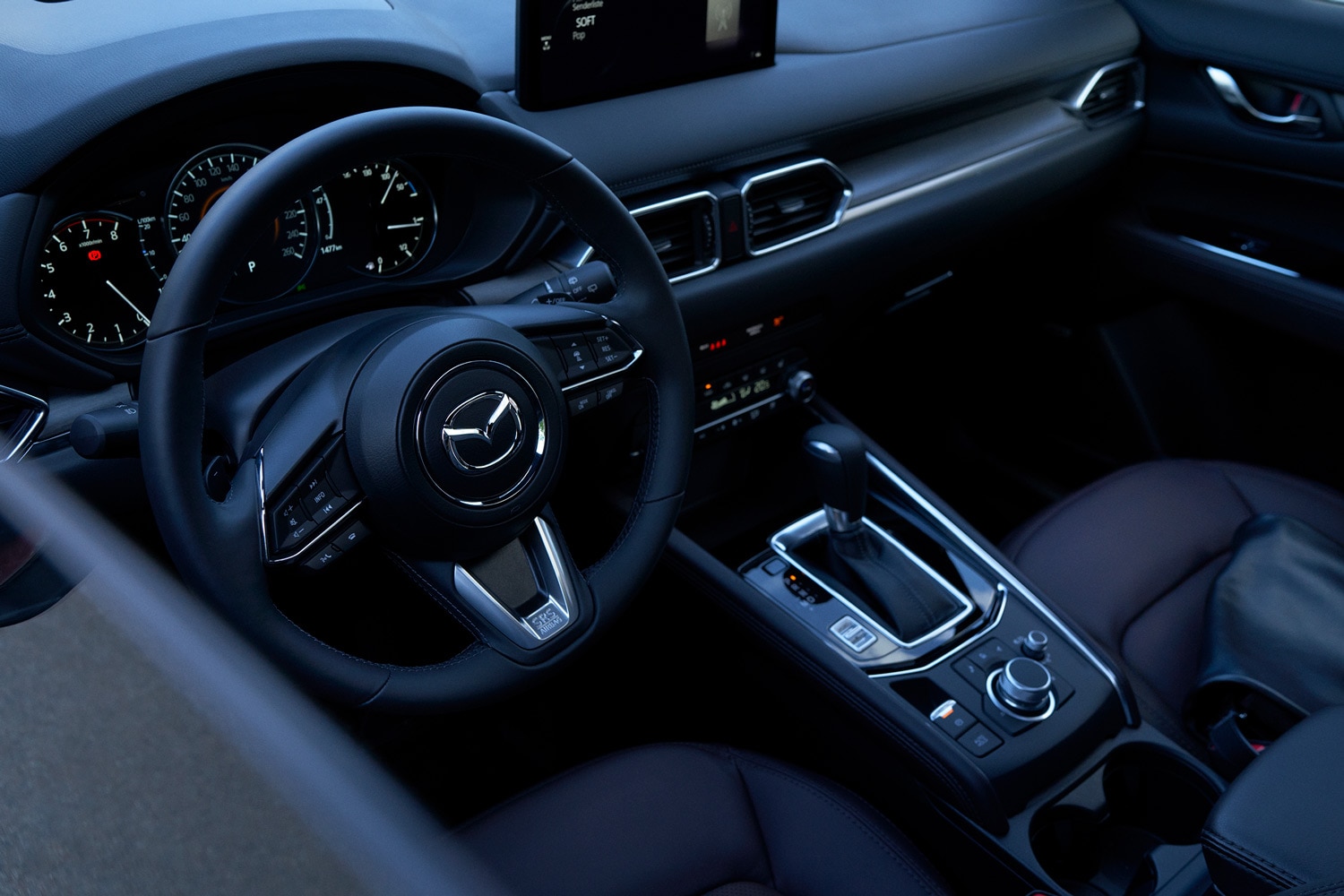 Mazda | CX-5
Mazda | CX-5
2023 Mazda CX-5 vs. 2023 Mazda CX-50: Price
The CX-5, which starts around $28,000, has a nominal price advantage over the CX-50. By nominal, we mean less than $1,000. Those outlays apply to the base models, of course, which feature the same 187-hp, naturally aspirated four-cylinder.
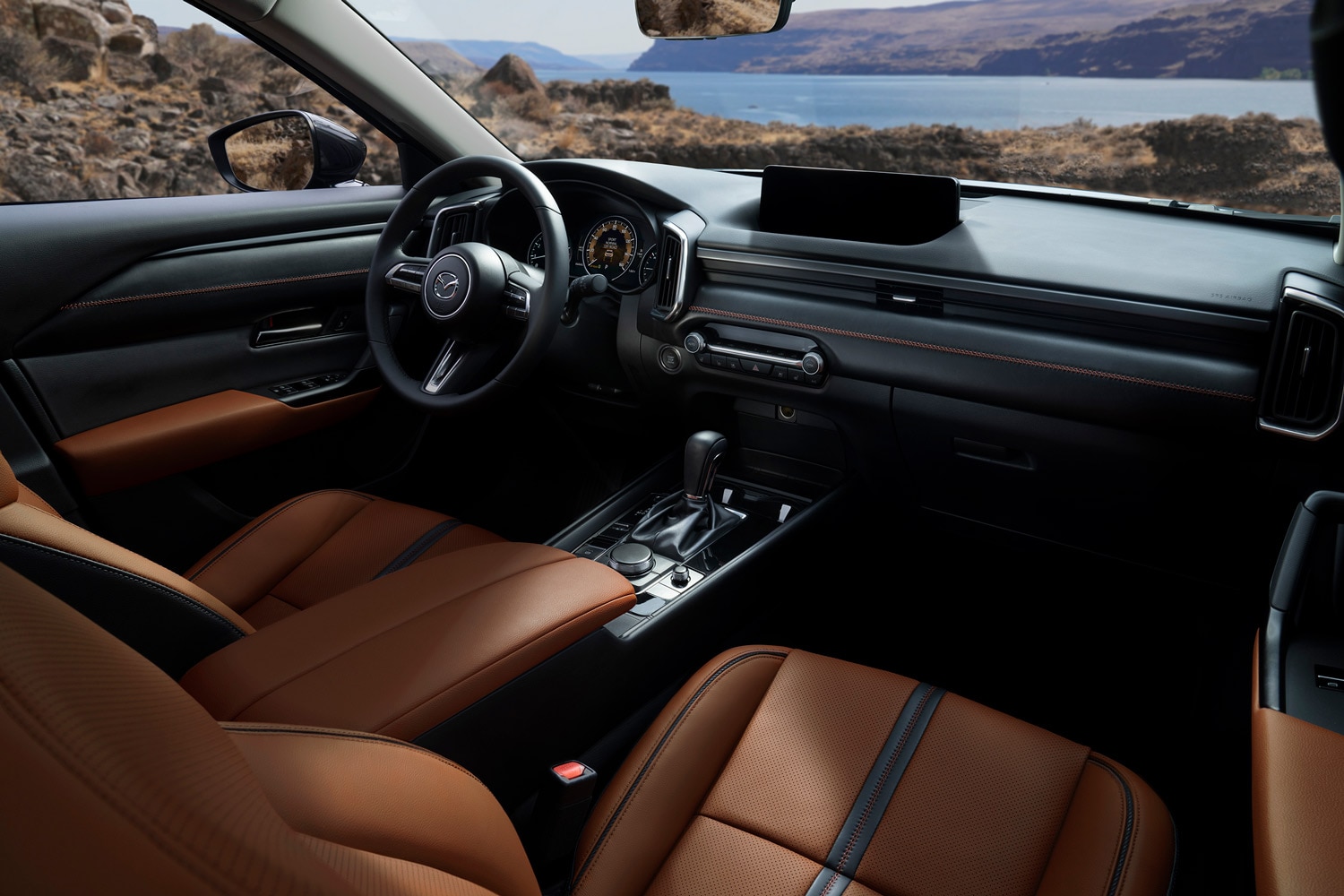 Mazda | CX-50
Mazda | CX-50
Moreover, the price difference becomes even smaller when comparing the 256-hp turbocharged models, with just $300 separating the CX-5 and the CX-50.
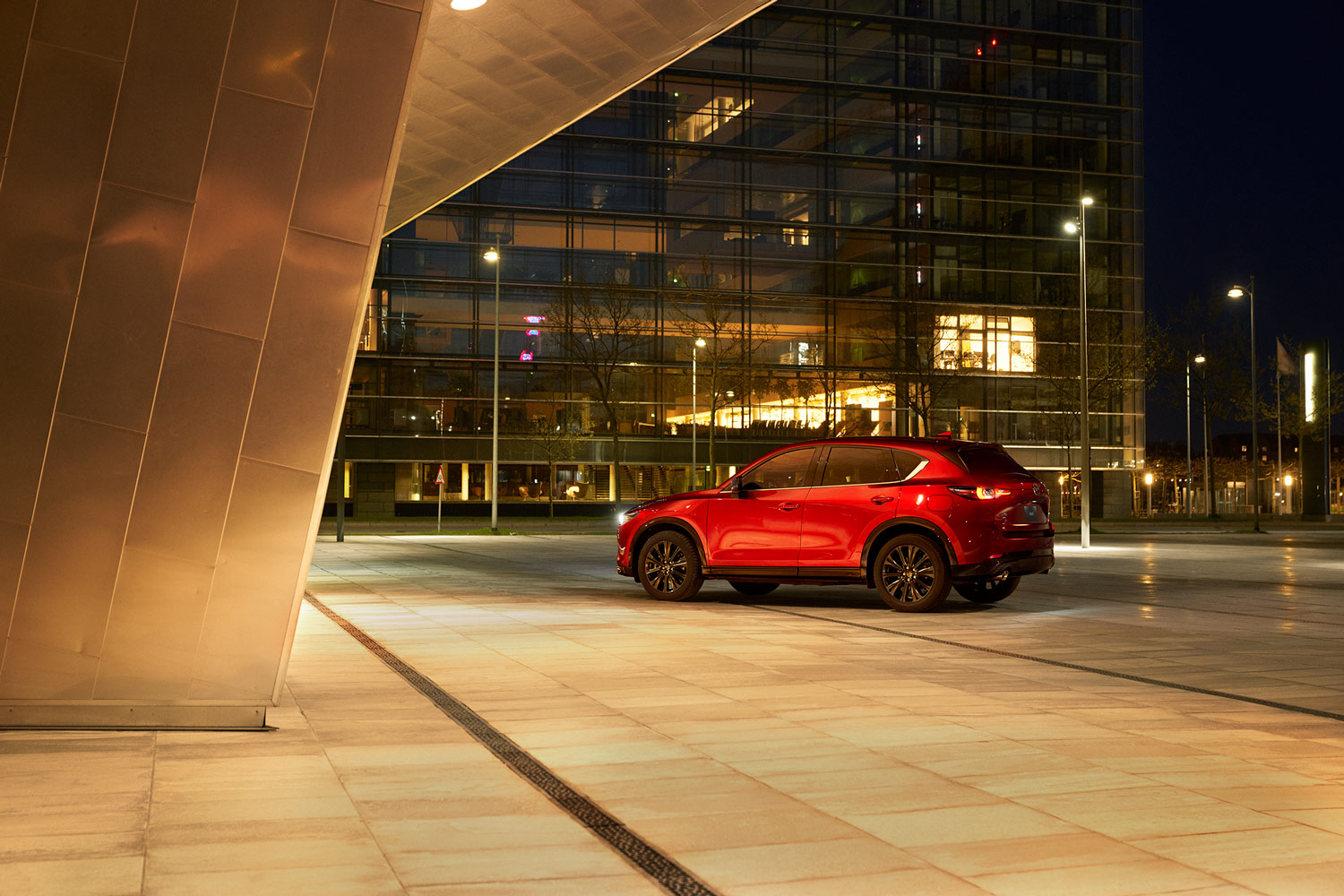 Mazda | CX-5
Mazda | CX-5
2023 Mazda CX-5 vs. 2023 Mazda CX-50: Fuel Economy
Either engine will run fine on regular gasoline, but turbo models require 93 octane or better to reach their full potential of 256 ponies. On 87, they’re rated at just 227 horsepower.
As expected, the less-powerful, naturally aspirated cars are estimated to get better fuel economy than those with forced induction.
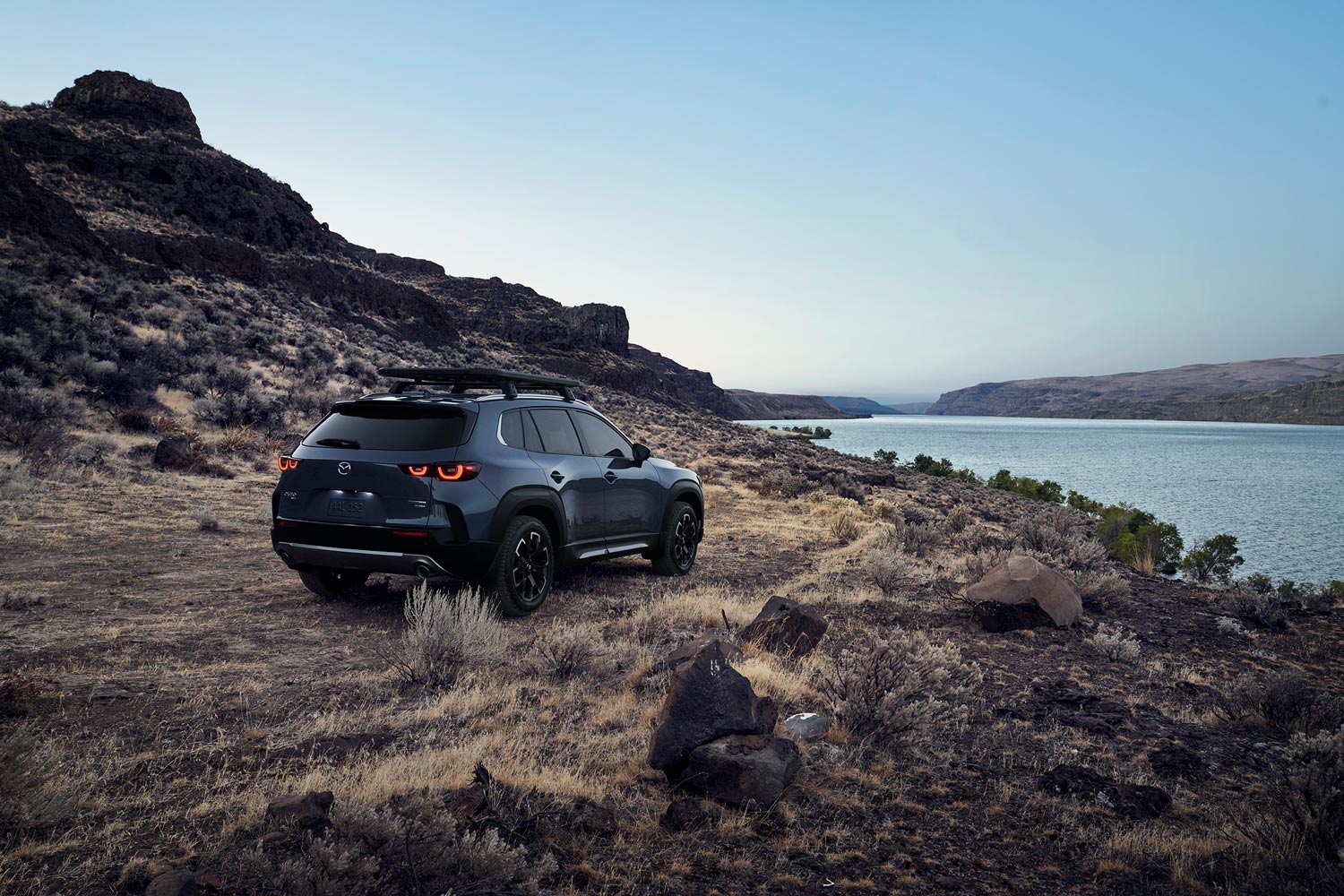 Mazda | CX-50
Mazda | CX-50
The base CX-50 returns 27 mpg on the EPA’s combined cycle, whereas the turbocharged model sees 25. The CX-5’s respective fuel-economy ratings come in one point lower: 26 mpg for the unboosted variant and 24 mpg for the turbo.
Written by humans.
Edited by humans.
 Beth Nichols
Beth NicholsAfter graduating from the University of Michigan, Beth Nichols stumbled into automotive journalism and found her footing, jumping between a few car magazines before going freelance. Her head, once full of useless facts about literature and art history, now holds useless facts about vehicles. She edits, checks, and occasionally creates content for Capital One, and though she understands it’s customary to write a bio in the third person, I don’t like it.
Related articles
View more related articles